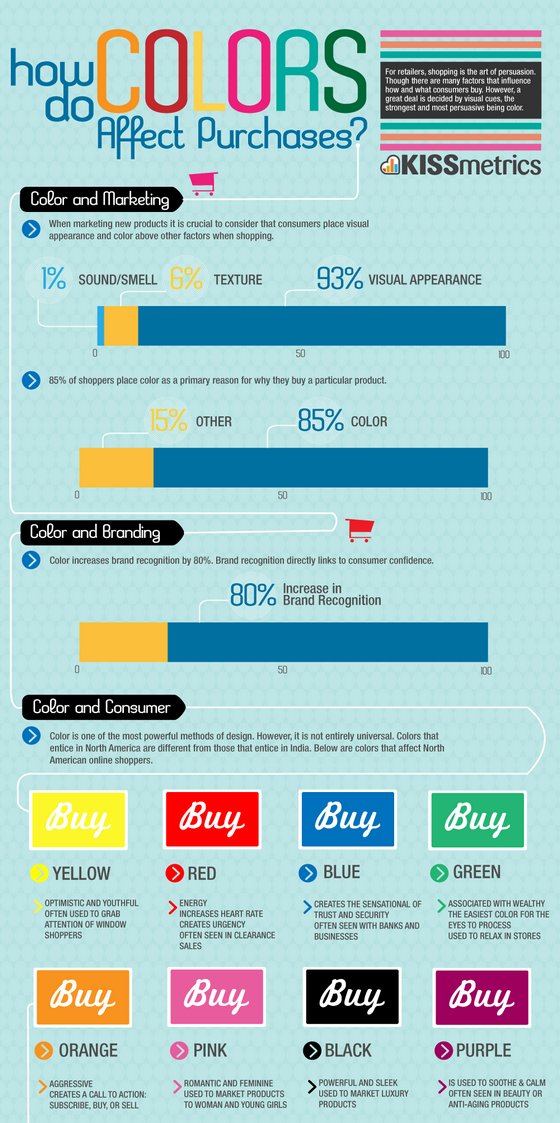Speed is Key to Innovation
assessed 34 firms in the FMCG sector. It awarded the average company 3.2 points with regard to getting new products to market, on a six-point scale where lower scores were favourable.
One strategy that the research suggested is essential for successful R&D was the standardization of processes and procedures, and in this area totals came in at a mean of 2.9 points. Prioritization, such as streamlining systems and boosting the funds allocated to certain vital projects, was equally important, and the featured businesses received three points here. However, mechanization like the adoption of digital tools, common metrics and in-house knowledge sharing resources constituted the weakest field of performance, yielding four points. Read More



 Today’s marketing technology landscape is filled with confusing terms and three-letter acronyms. Over the past two decades, the number of marketing technologies has grown dramatically, and companies have attempted to create competitive differentiation by using distinctive terms to describe their solutions. The result is an array of marketing technology terms and acronyms that provide little help to marketers who are looking for solutions to important business challenges. Below are my definitions of five important marketing technologies and their acronyms.
Today’s marketing technology landscape is filled with confusing terms and three-letter acronyms. Over the past two decades, the number of marketing technologies has grown dramatically, and companies have attempted to create competitive differentiation by using distinctive terms to describe their solutions. The result is an array of marketing technology terms and acronyms that provide little help to marketers who are looking for solutions to important business challenges. Below are my definitions of five important marketing technologies and their acronyms.
;) The Definitive Guide to Marketing Metrics and Analytics. The marketing firm says that Revenue Metrics and Marketing Program Performance Metrics, which document the impact of effort and investment and directly link it to revenue and profit, are the only relevant markers in the financial minds of business owners:
The Definitive Guide to Marketing Metrics and Analytics. The marketing firm says that Revenue Metrics and Marketing Program Performance Metrics, which document the impact of effort and investment and directly link it to revenue and profit, are the only relevant markers in the financial minds of business owners: